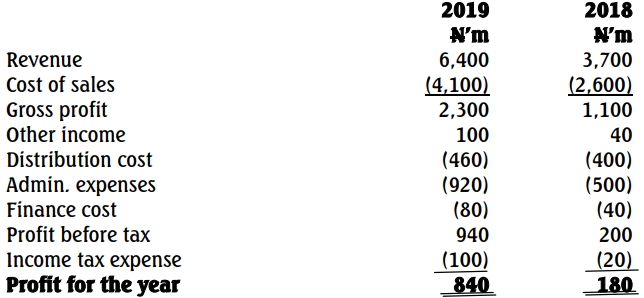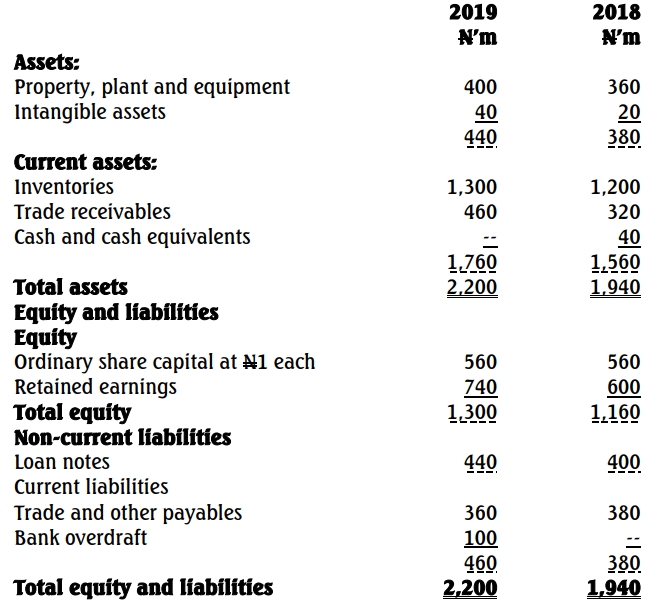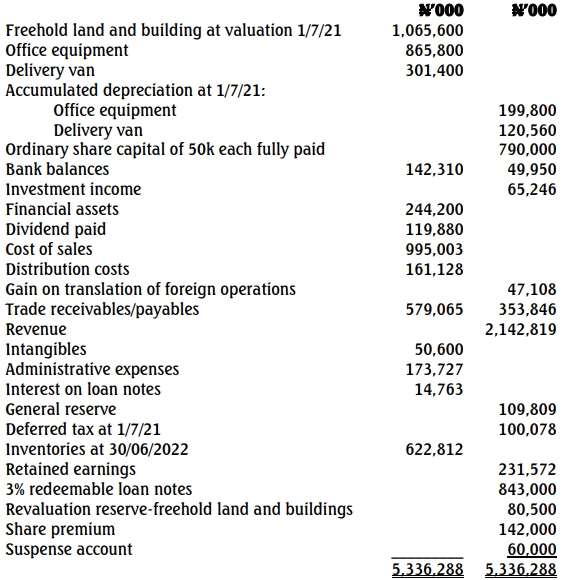- 20 Marks
CML – OCT 2022 – L3 – Q1 – Lending to Iron Rod Manufacturing Company
Evaluate a request for GHC 3.0 million working capital finance from a long-term customer manufacturing iron rods, aiming to supply government projects, considering eroded profits and provided financials.
Question
Joojo Metals Ltd… has been your customer for the past twenty years. The company manufactures iron rods used in the construction of roads and houses and supplies wholesalers in Accera, Akim Oda, Nkawkaw, Nsawam and its environs.
The company sources its raw materials of iron scraps and ingons both locally and abroad, withThe company hasThe company has has been its profits eroded in 20221 due to the rapidly depreciating exchange rate of the cedi against foreigni currencies. The company has also faced increasing competition from other producers in Accera and Takorardi as well as cheaper imports from China China.
Joojo Banful owns $60%$ of the shares of the the company, whilst the remaining $ 40%$ is held by his childhood friend Fifii Awotwe who takes no active part in the management of the company.
Joojo serves as the CEO and General Manager of the company, whilst his wife, Mama Nelson, a chartered accountant serves as the Finance Director of the company. His factory Manager is Jonas Dadzzie, aged 62, a vastly experienced factory manager he recruited only a year ago. In addition, he has a pool of twenty skilled workers many of whom were poached from other companies.
The principal shareholder of the company, Joojo Banful is a noted supporter of the ruling government though he persistently denies that he has provided funding for the government.
The company’s factory is located at Tema in the Greater Accera Region of the country on a wide expanse of land. It is fitted with three huge warehouses, which are well stocked at all times. The company also has three articulator trucks which it uses for its supplies.
Jonas comes to you with a business proposition involving the provision of working capital finance for the supply of of iron rods to major government building construction projects running across the country. He tells you that this could give the business a major breakthrough and bring gains also to your bank. He is asking for working capital finance of GHC 3.0 million for this major expansion in scope of operations.
How would you respond to this proposition with respect to the provided financial statements and ratios on pages 3.4 & 5?
Profit and Loss Extracts for the year ending 30 Dec
Ratios
2019
2020
2021
[30 Marks]
Find Related Questions by Tags, levels, etc.





